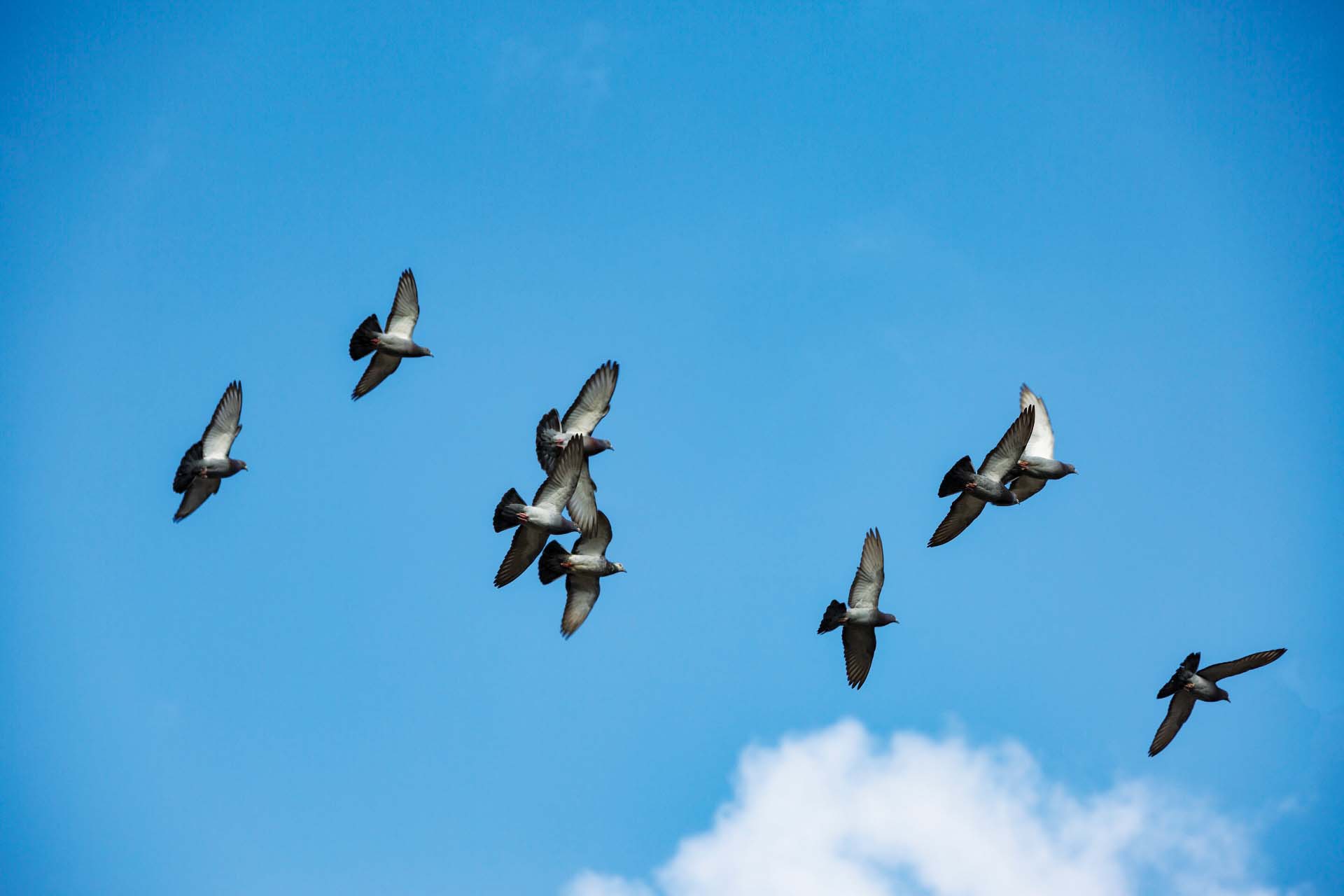
On a brisk Sunday morning at the Eugene B. Fargeorge Preserve in Quinnipiac Meadows, the New Haven Land Trust and the New Haven Bird Club conducted a winter bird walk.
The avian excursion provided attendees with an opportunity to view ornithological species wintering at the preserve and some early spring migratory species. Although temperatures on Sunday dipped below 20 degrees Fahrenheit, the weather did not seem to discourage bird and nature enthusiasts from coming out and exploring the preserve, according to event organizer Max Farbman ’18, preserves outreach and education coordinator with the Land Trust.
“The specific goal of today’s event was to introduce attendees to the various winter birds that live in the Quinnipiac Meadows Nature Preserve and also to introduce participants to the preserve itself,” Farbman said. “The cold weather did not seem to lower the turnout although we did have to shorten the walk a little bit because of the cold weather.”
Sunday’s bird walk, which attracted 16 attendees, was one in a series of bird walks co-hosted by the two organizations. In the past, the bird walks have been limited to once a year in the fall — when attendees can spot raptors, waterfowl and land birds that stop at the preserve to rest and refuel — but event organizers decided to add a winter walk for 2017.
According to New Haven Bird Club President Mike Horn, highlights of the walk included ducks on the Quinnipiac River, such as bufflehead ducks and hooded and common mergansers.
“As a citizen of New Haven, the walk allowed me to see several species of birds in Connecticut for the first time,” attendee Jack Kuester said. “It was interesting to see some of the animals that populate our state’s natural habitats and cultivated an appreciation for birds I had never experienced before.”
Quinnipiac Meadows is one of just six nature preserves owned and maintained by the New Haven Land Trust throughout the city. The organization conducts events such as the winter bird walk to engage people in stewardship and cultivation of the land in order to create a healthier community and environment, according to Farbman. Free events like these, he said, help educate members of the greater New Haven community about the environment and nature in an enjoyable and engaging way.
Matthew Hack ’20, who frequently attends birding expeditions such as these and takes ornithology lab classes at Yale, said he enjoys the opportunity to interact and explore with people who are also enthusiastic about ornithology.
“I’m pretty passionate about birds in general, whether that’s from an academic or recreational standpoint,” Hack said. “I always enjoy opportunities to see as many birds as possible. The community aspect is awesome as well; it’s an excellent way to bond with people of a shared interest.”
Colder months provide prime opportunities for birders to observe wintering predatory species, including red-tailed hawks or Cooper’s hawks, as well as species that are endangered in Connecticut, such as peregrine falcons. Spring migrants such as red-winged blackbirds or killdeers that return to New Haven earlier can also be seen during the winter, as those species generally do not spend winter very far south of Connecticut, making it relatively quick and easy for the birds to fly back.
Birds that are in the New Haven area during the winter, such as wood ducks, anchor down in the Nutmeg State because they have a readily available food source. Contrary to popular belief, the amount of food available is the determining factor for where birds live during the winter, rather than the temperature of the area.
Birds that also rely on sources such as nectar, insects or fruit are more likely to avoid colder regions where those resources would be unavailable. But for smaller species such as sparrows whose diets consist mainly of seeds, temperature has little effect, as those foods are in constant supply all year.
Connecticut’s state bird is the American Robin.







